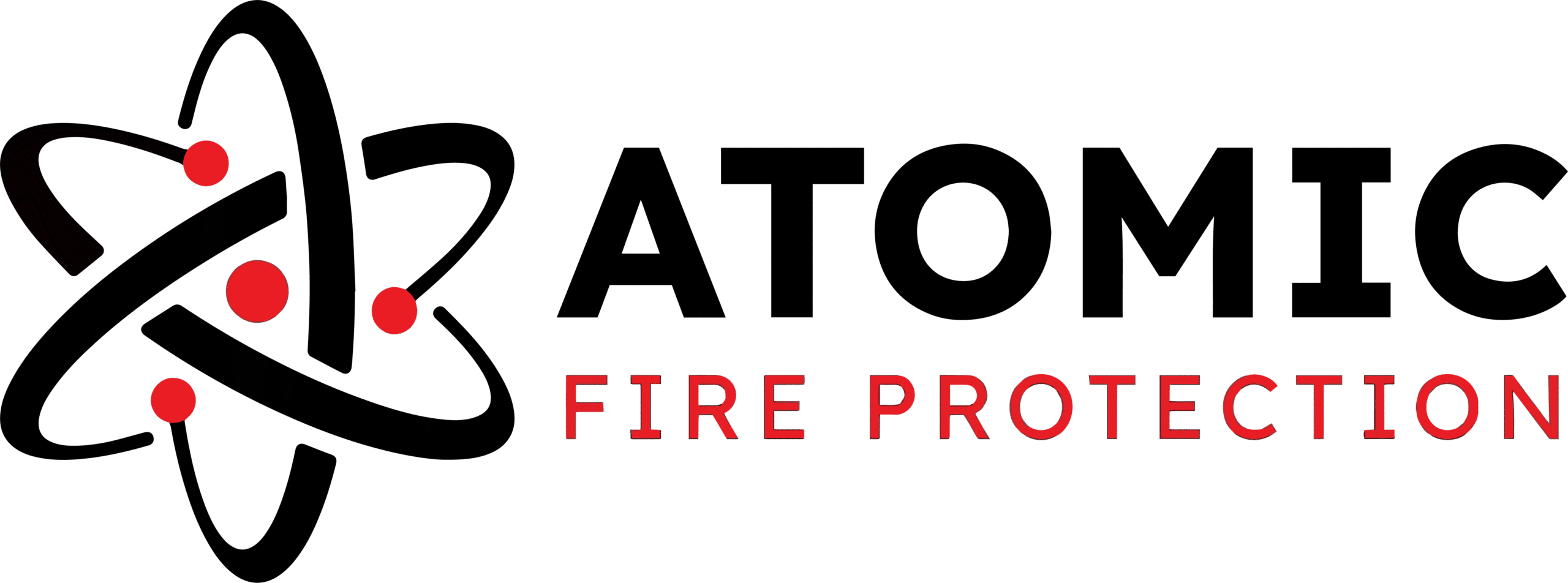Licensed Installation, Maintenance, & Inspections In Oklahoma
Industrial suppression
systems
Top Industrial Suppression System Services in Oklahoma
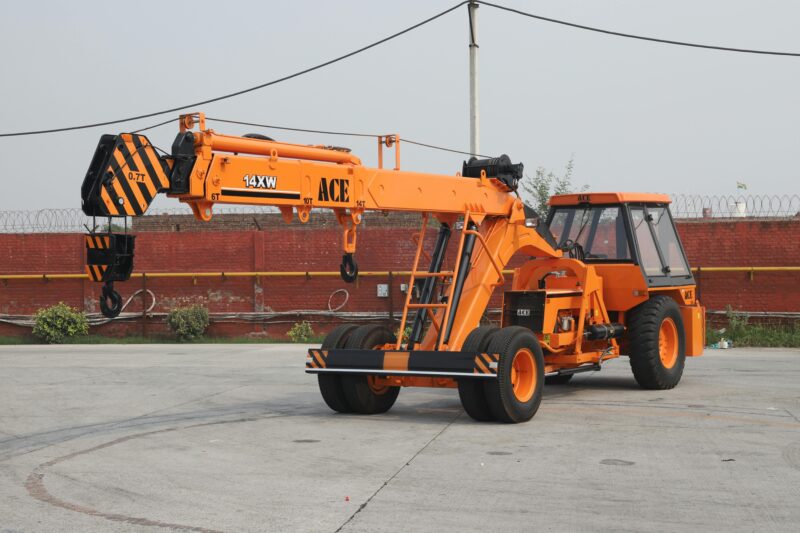
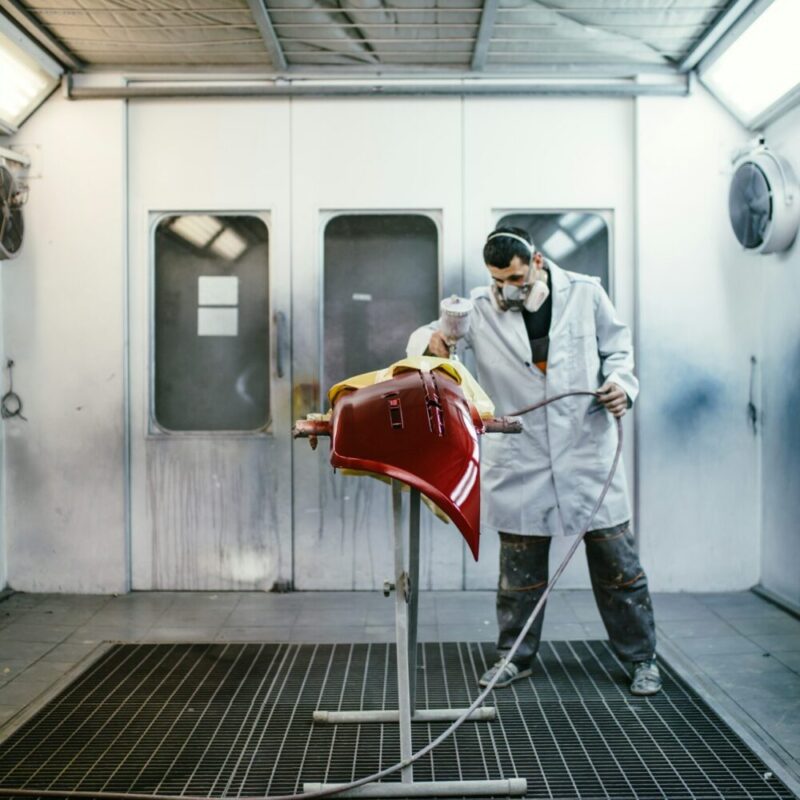
Industrial Suppression Systems protect two places you can’t afford a fire—your mobile/heavy equipment and your paint-booth line. We start with a site walk-around and hazard map to verify fuel lines, turbo hot spots, and safe operator exit paths, then design wet-chem or dry-chem systems (Ansul®, Amerex®, AFEX®) matched to your risks and cold-weather exposure.
Every install gets:
- a full functionality test (cylinders discharge, alarms sound, interlocks cut power/fuel)
- typical turnaround in 1–5 days.
After installation, our semi-annual maintenance keeps tags current and equipment ready—clearing lines, testing detection loops, checking charges/pressure, tightening brackets—and our licensed techs handle compliance inspections with same-day digital reports and 24/7 emergency dispatch.
Table of Contents
Mobile & Heavy‑Equipment Suppression Systems
Design and Installation
| What We Do | Why It Matters to You |
|---|---|
| Site walk‑around & hazard map | Confirms fuel lines, turbo zones, and operator egress paths. |
| Wet‑chem or dry‑chem design (Ansul®, Amerex®, AFEX®, etc.) | Matches agent to risks and cold‑weather exposure. |
| Automatic and/or manual actuation | Heat‑sensor tube, electric countdown, or dashboard pull handle. |
| Factory‑listed hardware only—no brand mixing | Keeps the UL listing intact and satisfies insurers. |
| Full functionality test before release to service | Ensures cylinders discharge, alarms sound, and power cuts. |
| Typical install window: 1–5 days | Large haul trucks & draglines take the longest due to routing. |
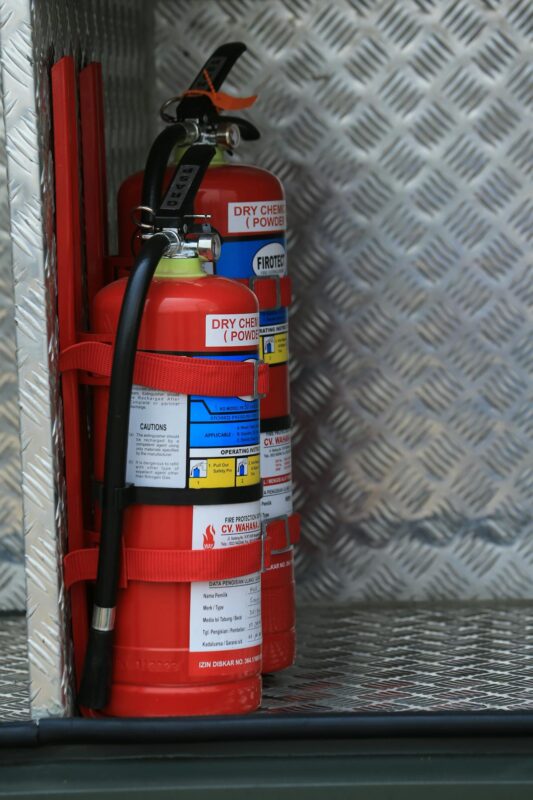
Installation FAQ
We can install and work on a variety of industrial fire suppression systems, including wet chem and dry chem systems.
We can service ANSUL, AFEX and Amerex systems
We install suppression systems on:
- Excavators
- Haul trucks
- Loaders
- Drag lines
- Dozers
- Drills
- Scrapers
- Graders
- Compactors
- All forestry vehicles
- Trash trucks (we’ve installed systems on many of these over the years)
Want a quote for your industrial vehicle that isn’t listed? Contact us.
Industrial vehicle suppression systems:
- Protect the vehicle and the operator.
- May lower insurance premiums.
Atomic’s process includes:
-
First few hours: plan the fire-suppression system for your specific machine.
-
Every vehicle is different, so we note add-ons (extra fuel lines, turbo hot spots, etc.).
-
Use that info to choose the correct system size and nozzle placement.
-
Install everything exactly to the manufacturer’s specifications.
-
Run a full functional check before release, confirming:
-
Detectors/sensors trigger correctly
-
Cylinders discharge as designed
-
Alarms and indicators work
-
Power and/or fuel shutoffs activate properly
-
We can install both automatic and manual systems.
Automatic includes heat detection that will activate the system or start a countdown once activated.
Manual relies on the driver or someone from the ground to activate the system.
Usually 1-5 days, depending on the size of the system.
Keep your fleet running—protect loaders, dozers, and trash trucks from thermal loss.
Preventive Maintenance
Our Semi-annual checklist
-
Blow out agent linesClears lines in high‑vibration environments to ensure they are free from debris.
-
Detection loop testVerifies heat cable or sensor tube triggers cartridges.
-
Cylinder weigh‑in & pressure checkConfirms agent charge and nitrogen pressure are in spec.
-
Gasket & bracket torqueStops vibration‑induced loosening common on heavy equipment.
-
Record update & compliant tagDigital report emailed same day.
-
Common Fixes & ReplacementsWe replace loose hoses, fatigued brackets, and missing nozzle caps as needed during maintenance visit.
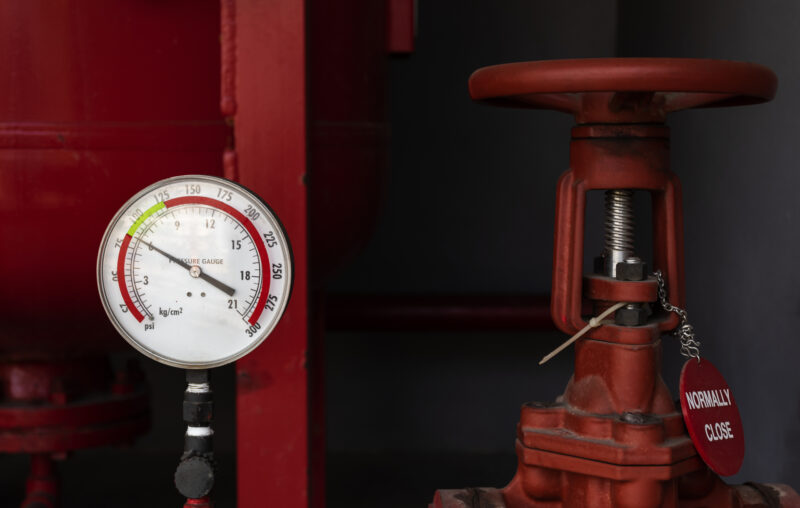
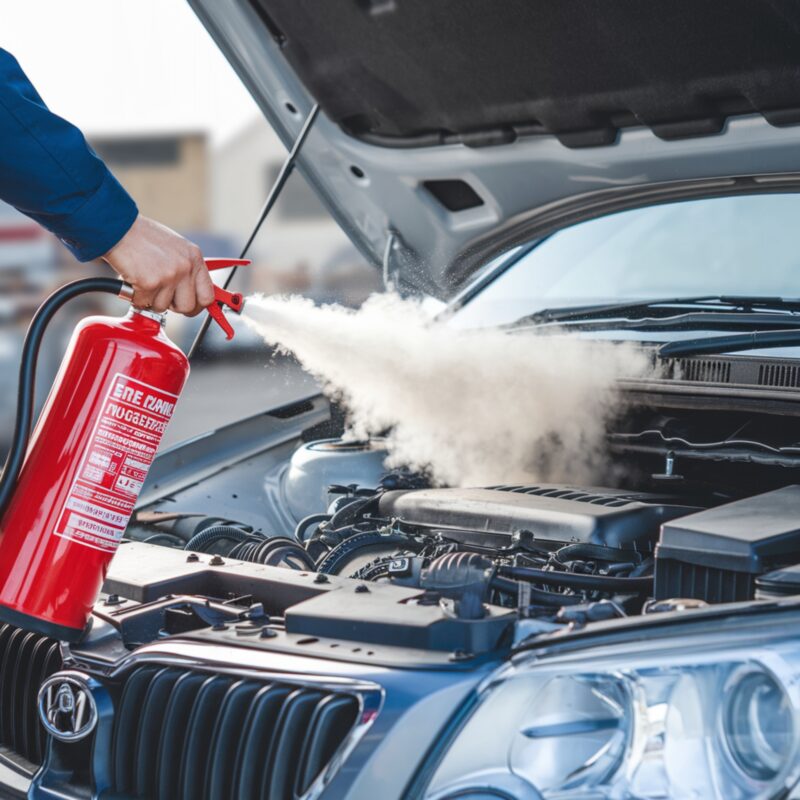
Maintenance FAQ
We perform semiannual inspections to verify every component works properly. This includes:
- blowing out all hose lines to remove buildup
- testing the detection loop and actuators
- replacing worn gaskets
- tightening/securely fastening all brackets and fittings.
Semi-annually
Usually, we see loose hoses or brackets. They are resecured or tightened during the inspection. Industrial vehicles are usually run daily, so it is very important to get them back up and running as soon as possible.
Yes, we have an after hours number customers can call to request emergency service.
We keep maintenance records on file and send them to the customer upon completion of the inspection or service.
Compliance Inspections
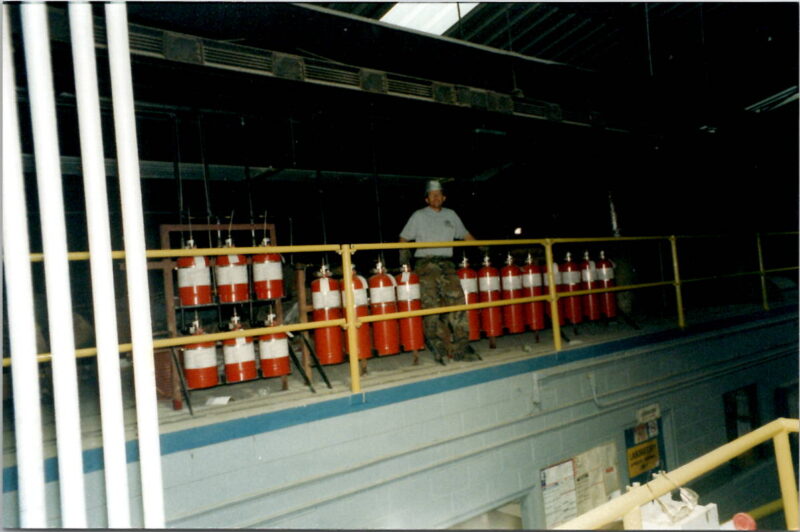
-
Licensed suppression techs with State Fire Marshal credentials; ICC‑NAFED Industrial certificates.
-
Over 50 years of combined technician experience.
-
Detailed PDF report + deficiency list; minor repairs handled during the same visit.
-
Emergency after‑hours dispatch via 24/7 on‑call service; Leave voicemail or request service via form.
Inspections FAQ
A semi-annual inspection includes:
- Blowing out hose lines to ensure no buildup
- Testing the detection line and the actuators
- Replacing gaskets
- Ensuring system components are secured.
During an annual inspection, we:
- replace rubber nozzle caps depending on manufacturer’s recommendations
Semi-annually (every 6 months).
Our suppression techs are licensed through the State Fire Marshal’s office. As a team, we have over 50 years of tech experience. A few of us have our ICC Certification in Pre-Engineered Kitchen Hood Suppression and Industrial Suppression.
In addition, owner Nick has over 5 years of installation, maintenance and inspection services on mine sites…he’s also factory-certified by ANSUL and AFEX.
Yes. If we find any deficiencies during the inspection, our techs make a note of it and we see what can be done to fix them.
Minor repairs – we will fix on site during the inspection
Paint‑Booth & Spray‑Finishing Suppression Systems
Design and Installation
| What We Do | Why It Matters to You |
|---|---|
| Site visit | We measure the booth, fan CFM, and duct length to ensure the right system fit. |
| Drawings & NFPA 33 submission | Plans filed with AHJ/fire marshal for permit, making permissions easy |
| UL 300-style wet-chem or dry-chem piping | Nozzle layout protects plenum, filters, and duct. |
| Electrical/gas interlock coordination | Shuts fans & fuel at discharge, keeping staff safe. |
| In-house acceptance test → AHJ final | You receive green tag & one‑year workmanship warranty. Installation done in 1-3 days after permit and booth set-in. |
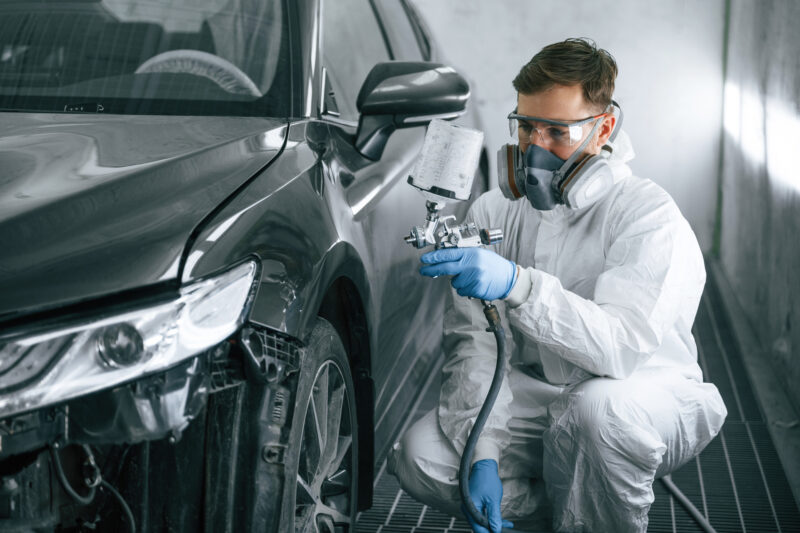
Installation FAQ
Atomic:
- Examines the paint booth
- Plans out the design of what’s needed to protect that area
- Submits a quote to the customer
- Submits the customer-approved plans to the AHJ.
- Begins the work after fire marshal approval
After work is completed, we arrange a final AHJ inspection and approval on your behalf.
NFPA 33 standards
We only design the installations to meet the manufacturer’s specs.
Installations can take 1-3 days to complete
Benefits include:
- Protecting the people working in the paint booth first
- Protecting the property inside the paint booth.
Semi-annual service & repairs
-
Link replacements & nozzle cleaningRemoves paint buildup and replace caps if required.
-
Line blow‑down & pressure checksPrevents debris blockages.
-
Vent-interlock testVerifies fan shut-down and alarm relay.
-
Common Issue FindingsPainted fusible links/nozzles – we correct on site or schedule replacement.
-
24/7 emergency responseFor discharged or impaired systems.
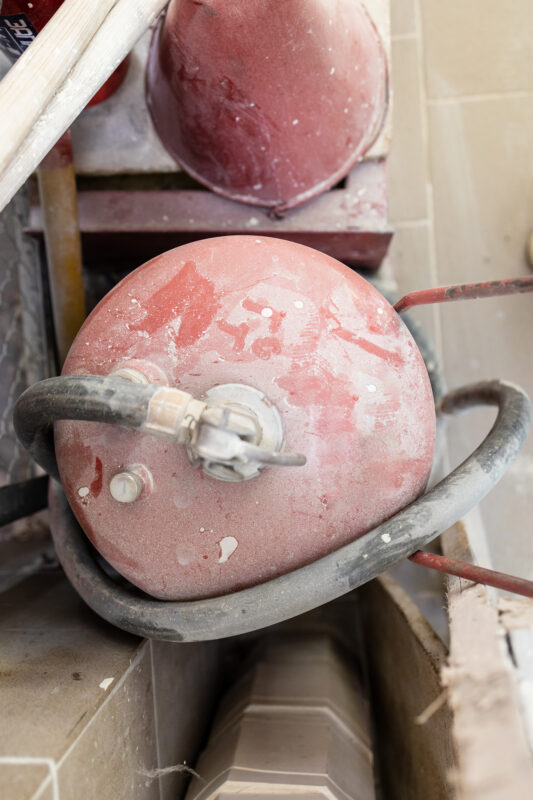
Maintenance & Repairs FAQ
Similar to vehicle systems, paint booth system maintenance inspections are done semi-annually.
A semi-annual inspection includes:
- Blowing out hose lines to ensure no buildup
- Testing the detection line and the actuators
- Replacing gaskets
- Ensuring system components are secured.
During an annual inspection, we:
- replace rubber nozzle caps depending on manufacturer’s recommendations
Semi-annually (every 6 months)
Most common issues are that nozzles or heat links are painted. This could cause the system to malfunction and ultimately fail to put out the fire.
We look for these issues during inspections and design a corrective plan together to remedy the issue.
Yes
Yes, we have on-call 24/7 emergency staff that can address issues that come up after hours.
Semi-annual Inspection highlights
| What We Inspect | Why It Matters to You |
|---|---|
| Agent cylinders & pressure | Confirms firefighting capacity |
| Piping security & actuator seals | Prevent leaks and accidental discharges |
| Filter/plenum coverage | Ensures nozzle spray pattern is unobstructed |
| Gauge readings & alarm circuits | Verifies full monitoring to panel or bell |
| Detailed digital report of inspection findings | Minor issues fixed immediately during inspection, larger repairs quoted and scheduled for your convenience |
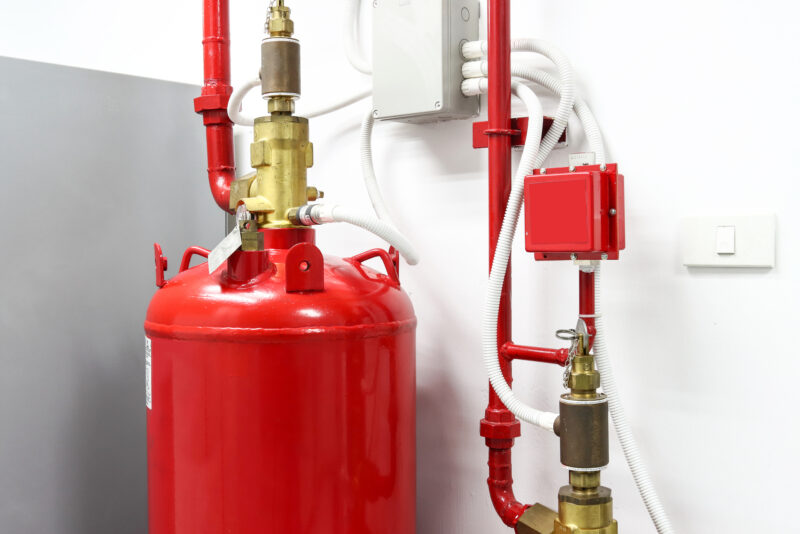
Inspection FAQ
Paint booth inspections are similar to vehicle suppression inspections.
We blow down lines to check for buildup and check all piping to ensure everything is secure.
Semi-annually (every 6 months)
We check all components of the fire suppression system:
- Ensuring pressure gauges are in the correct range
- Securing all system components
- Confirming link lines are functional
Yes
We can perform minor repairs at the time of inspection. For more comprehensive repairs, we will note it on the inspection report and schedule a time to get these repairs done.
Why Oklahoma Industries Choose Atomic Fire Protection

Family-owned and operated by Oklahomans
Work with a team that treats every facility like a neighbor’s—fast answers, no out‑of‑state red tape, and decisions made for Oklahoma’s codes and climate.

3 generations of expertise
Decades of real‑world insight mean fewer callbacks, smoother fire marshal approvals, and solutions that anticipate problems before they happen.
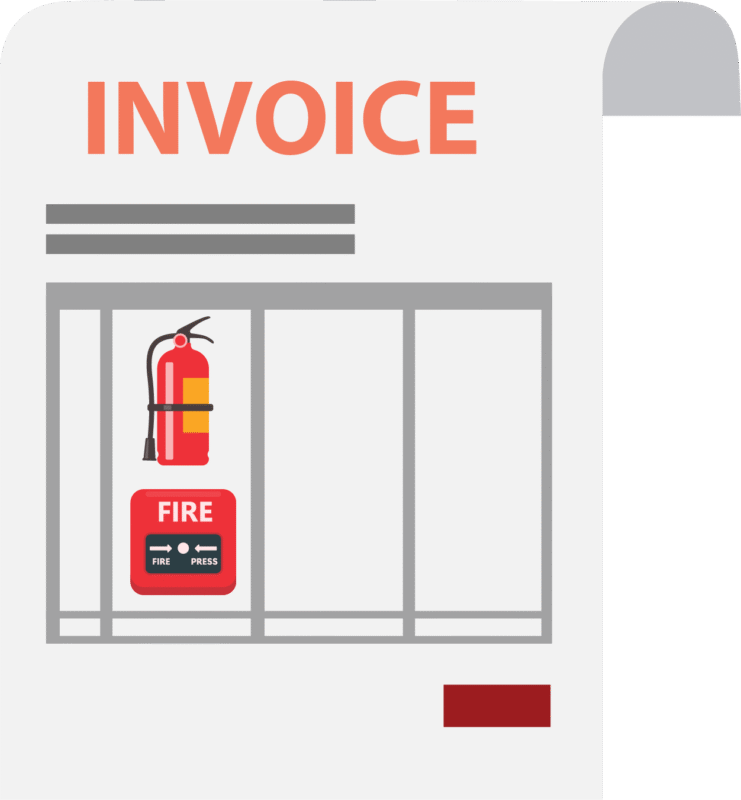
One-stop shop for assisted living facilities
Fire alarms, sprinklers, extinguishers, hood suppression, nurse‑call, access control—one vendor, one inspection schedule, one invoice.
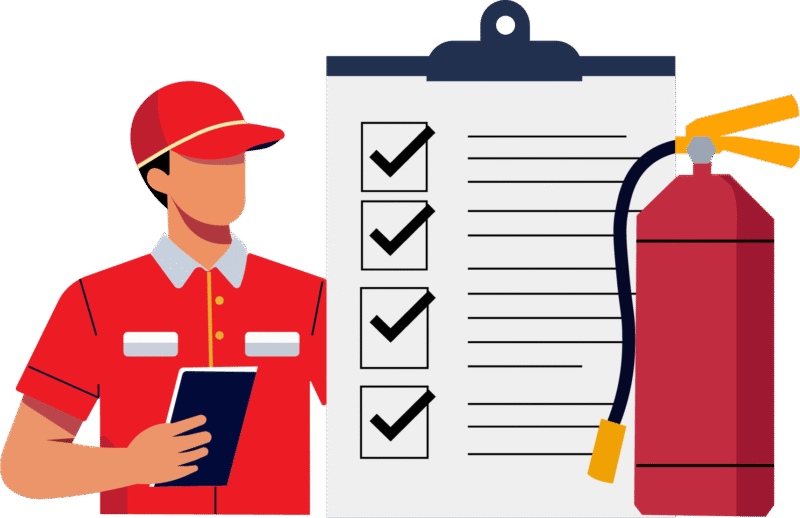
Experienced Licensed Professionals
State‑certified techs get it right the first time, keeping you compliant, avoiding fines, and minimizing disruption to residents or production.
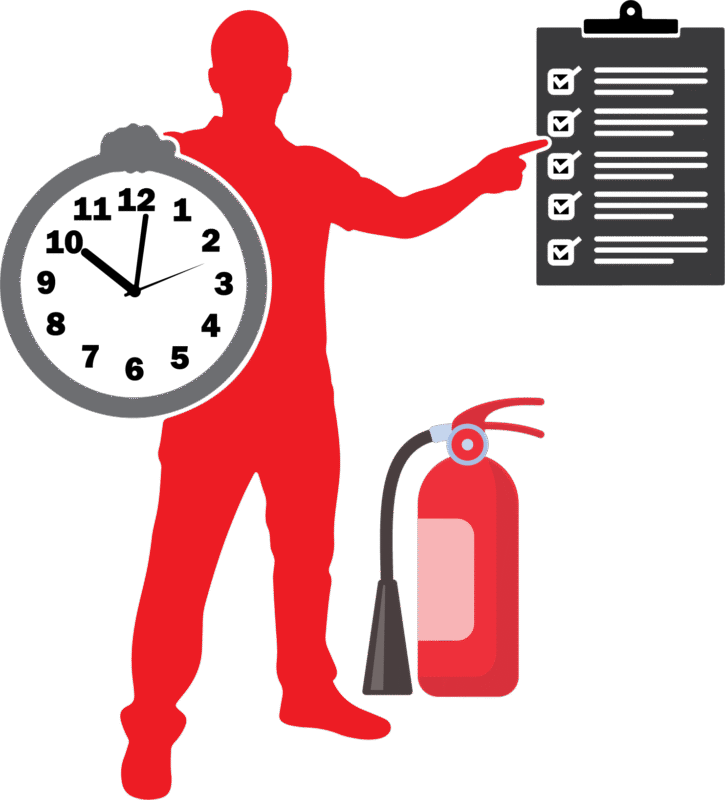
Timely Inspections
We ensure you stay current on every life‑safety inspection, saving staff time and eliminating last‑minute scramble before audits or insurance renewals.
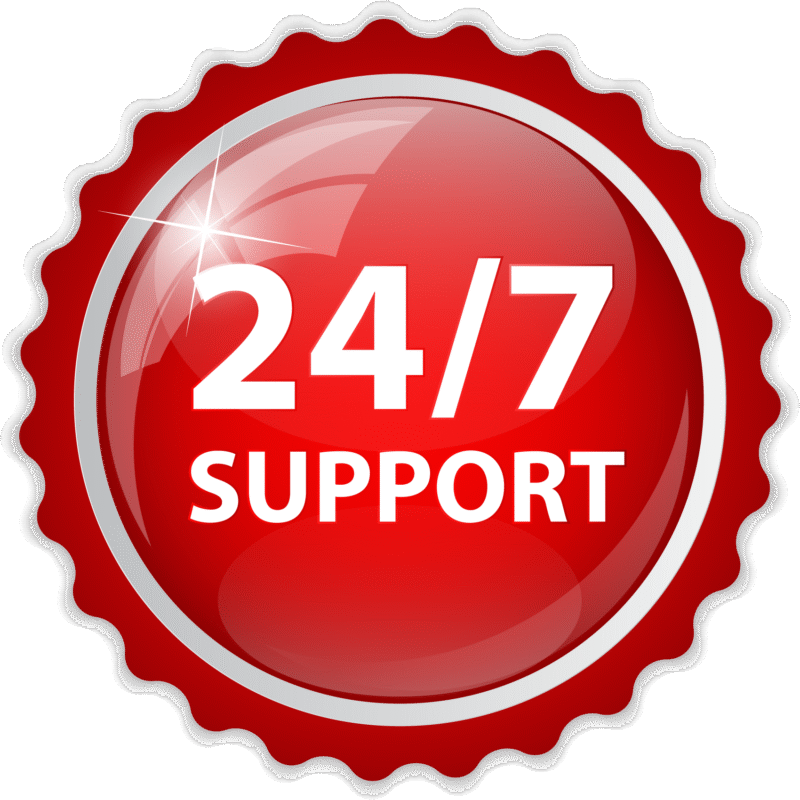
Emergency 24/7 Service Available
A technician responds day or night, restoring critical systems quickly so you avoid costly shutdowns and protect lives around the clock.
